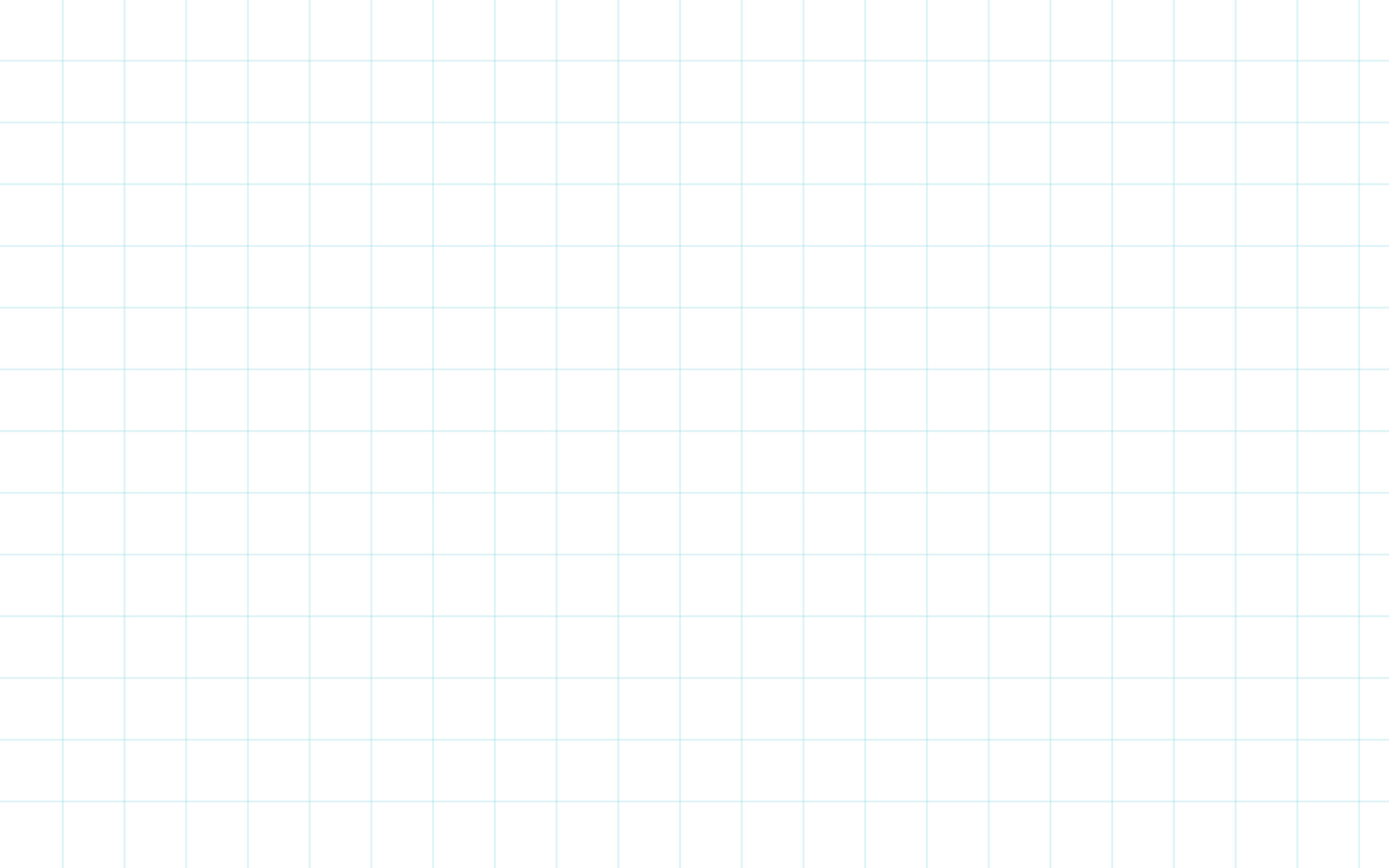
Space Board
UX / UI Design & Branding
INTRODUCTION
Space is a subject that engages children and encourages them to ask questions about the world around them. Through learning about our Solar System, children can apply and build on concepts they have already learned and develop an understanding of the vast world beyond our planet. A third party has decided to launch an end to end Tablet App that educates and engages children on space topics, especially some of NASA JPL’s main missions.
PROJECT SCOPE
Spacecrafts developed at JPL have flown to every planet in the solar system and the Sun, and beyond. JPL topics that may be covered are Solar System, popular NASA JPL missions, some topics beyond our solar system such as other galaxies, exoplanets etc. This app experience, to be designed for kids between 11 to 13 years old (grades 6 to 8), may include gallery, educational content, access to live events or any combination of functions that would help them learn more about the latest science, robotics, and spacecraft.
HIGH LEVEL GOALS & CHALLENGES
The challenge is to help kids learn more about space exploration by teaching about a single or multiple NASA JPL missions and other relevant space topics.
Design a third-party (not NASA JPL branded) Android tablet / Apple iPad app that provides an engaging way for kids to learn and share space stories, facts, and topics.Branding and Logo Design
CONSTRAINTS
The MVP must be completed in 80 hours.
EMPATHIZE
RESEARCH
COMPETITIVE ANALYSIS
The first important step is to review and analyze some of the existing competitor space apps that are already tackling those similar needs. This analysis would be a great foundation to kick start the process.
USER INTERVIEWS
The age group mentioned in the brief was 11 to 13 years. To better understand my target users, I started out by conducting interviews with kids falling under that age group. The outcome was very interesting. I interacted with four kids and almost all of them already had an innate interest in space related topics. To my surprise, their scope of space knowledge was very advanced and completely opposite to my initial assumptions. After all, the secondary users would be the parents of the kids who would be highly impacted as well. Later, I interviewed the parents for more insights.
DEFINE
PERSONA
Based on the interview notes & findings, I defined my users into two main personas. Meet the curious Zoey Smith and her mother, Andrea Smith
After a lot of brainstorming and discussions, we came up with the name of the app - “SPACE BOARD”
STORYBOARD
Based on all the research insights gained, the main aspects of the app were defined that would entail the following main categories :-
IDEATE
SITE MAP
TASK FLOWS
DESIGN
BRANDING
MID - FIDELITY WIREFRAMES
PROTOTYPE & TEST
PROTOTYPE
Once the high fidelity pages were designed, I created a prototype using XD for testng. It was created based on the main task flows.
USABILITY TEST
Within the given time constraints of the design course, a quick remote usability test was conducted with 3 participants. 2 out of 3 users desired a gamification aspect within the app. If more time is permitted, the next steps would be to integrate some fun learning games.
NEXT STEPS

CONCLUSION
Designing for younger users was a completely different experience. This project was part of a Design Competition conducted by NASA JPL & Adobe XD. I learnt how to manage the time and not compromise on the quality of the work. It also gave me a chance to explore and get proficient with a new tool “Adobe XD”.
Thank you for your time.













